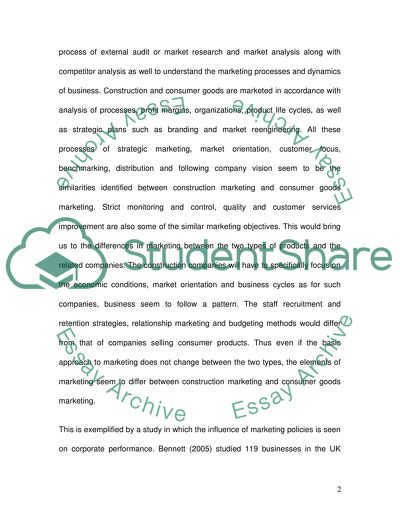Cite this document
(“Construction Marketing Essay Example | Topics and Well Written Essays - 4500 words”, n.d.)
Construction Marketing Essay Example | Topics and Well Written Essays - 4500 words. Retrieved from https://studentshare.org/marketing/1505933-construction-marketing
Construction Marketing Essay Example | Topics and Well Written Essays - 4500 words. Retrieved from https://studentshare.org/marketing/1505933-construction-marketing
(Construction Marketing Essay Example | Topics and Well Written Essays - 4500 Words)
Construction Marketing Essay Example | Topics and Well Written Essays - 4500 Words. https://studentshare.org/marketing/1505933-construction-marketing.
Construction Marketing Essay Example | Topics and Well Written Essays - 4500 Words. https://studentshare.org/marketing/1505933-construction-marketing.
“Construction Marketing Essay Example | Topics and Well Written Essays - 4500 Words”, n.d. https://studentshare.org/marketing/1505933-construction-marketing.


